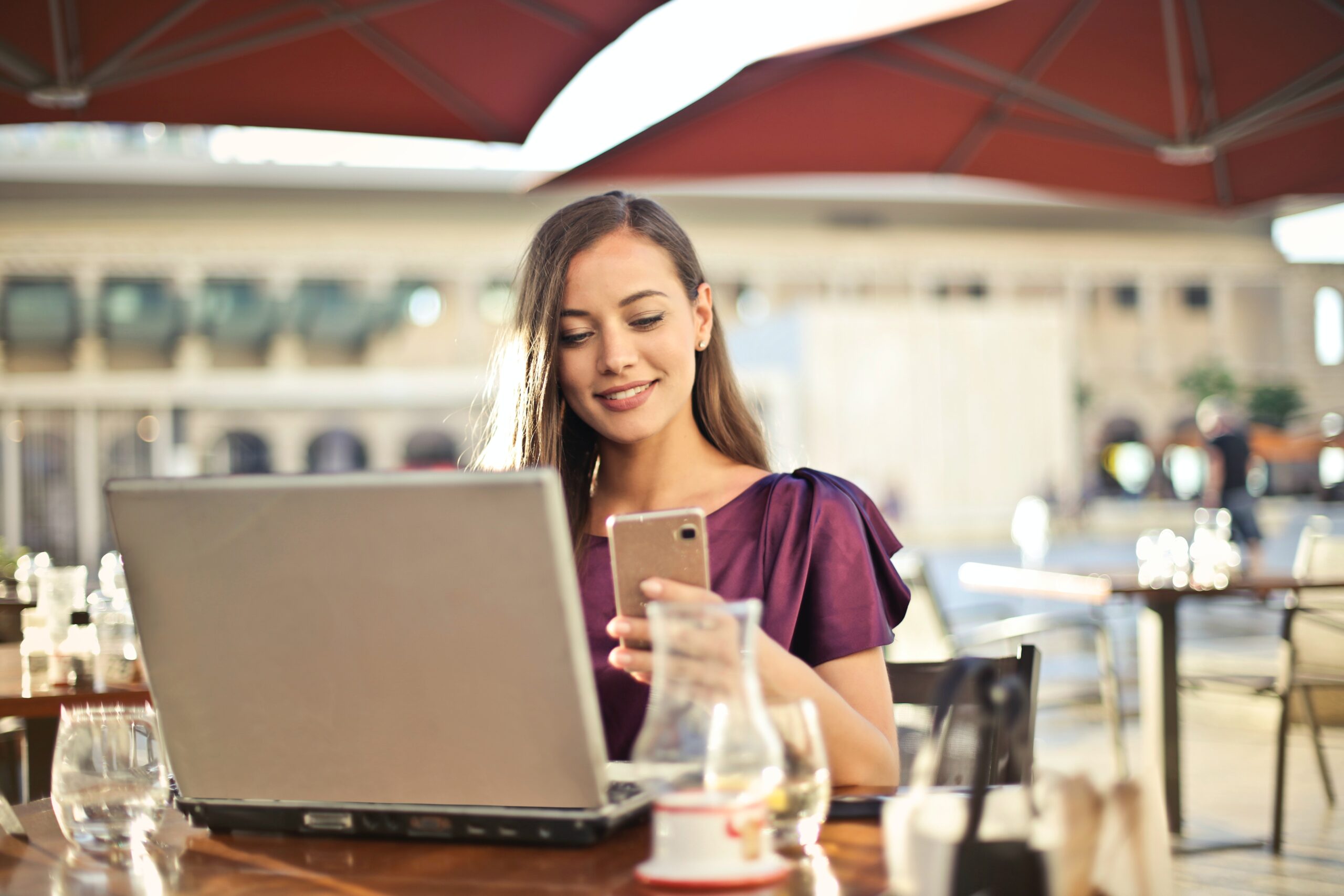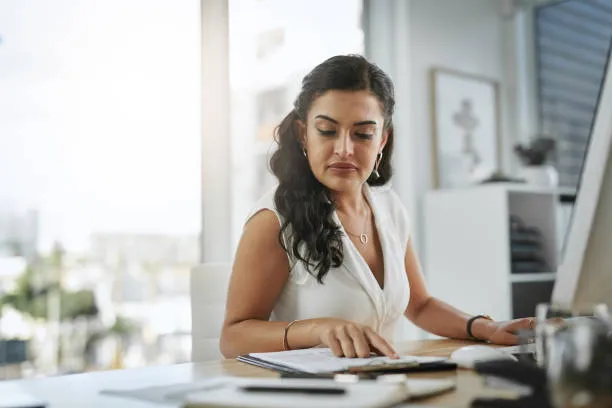In the fight against the COVID-19 pandemic, clear and effective communication plays a crucial role in curbing the spread of the virus. One powerful tool in achieving this is the use of plain English. By employing simple and easily understandable language, important information about safety protocols, vaccination campaigns, and public health measures can reach a broader audience. In this article, we will explore the benefits of utilizing plain English in disseminating COVID-19-related information, highlighting how it can enhance comprehension, promote compliance, and ultimately contribute to reducing the spread of the virus.
Why Plain English Now?
It is imperative now more than ever that health promotion messages are written in Plain English. Why? Because lives are at stake! With Covid-19 swirling around us, messages about how to stay safe are crucial. And if those messages are misunderstood by their intended audience, the risk of the virus spreading via community interaction increases exponentially.
We owe it to each other, ourselves and our communities to make our messages clear and easy to understand. That way we all do our bit to limit the spread of the virus!
Tips for Writing in Plain English
-
Use simple grammar and basic punctuation
When writing for diverse audiences it pays to keep everything as easy as possible to understand. One way to do this is to write in short sentences (around 25 words) and only two to three sentences per paragraph.
-
Write in the positive
Negative words can create a negative tone. As in ‘We can’t complete your request because you failed to provide identification.’ When written positively, the effect is quite different: ‘In order for us to complete your request, you will need to provide identification.’ The latter will leave the reader feeling less like they are being admonished. It also acts as an instruction the reader can follow to get the results they want.
-
Brevity is king
Unnecessary words or waffle is often obvious when talking with people, but not always in writing. Still, it’s often there when you look closely.
The trick to getting rid of information-type waffle is to know what’s important and what is less so. Then we can concentrate on the important information and discard the rest. To work out what is truly important, we need a very clear idea of:
- What we want the audience to LEARN
- What we want the audience to DO
Then, all we have to do is decide what information is essential to support those learning and taking action. Everything else is … waffle.
-
Abbreviations and acronyms
When you use abbreviations and acronyms your audience may not understand your meaning unless you write the words in full the first time you use them. As an extra precaution, add the abbreviation in brackets straight after the term so it is clear to readers what it means when they see it elsewhere in the document.
-
Conversational language
Most writing benefits from being written in a similar style to the spoken word, and translation is no exception. The exceptions would be academic, medical or industry-specific material where the terminology is important.
-
Jargon
Terms that are specific to your industry or subject and are not generally understood by outsiders will switch off your audience.
Find a more common alternative. The health industry is one where complicated terms are used indiscriminately. This makes it very difficult for diverse communities to understand the topic being discussed, let alone any action you want them to take. Put yourself in the shoes of the reader. Will they understand the term you are using without it being explained? If not, don’t use it.
-
Slang and cliches
We often use slang words and phrases when speaking. They appear less often in writing but can creep in if we’re not careful. These expressions may be intrinsically understood by English-speaking Australians but those from other countries may not have any clue what is being said.
Here are the first few examples listed on ielts.com.au:
- A Cold One
- Arvo
- Aussie Salute
- Avo
- Bail
- Barbie
- Bathers
- Beauty
- Billabong
- Billy
- Bloody
- Bloody oath
- Bludger
- Bogan
Cliches may be more general rather than being Australian-centric but they can still be confusing. Examples are:
Words with Multiple Meanings
Using words with multiple meanings will confuse readers and you will lose your audience. If you want your piece to be understood, be clear about what you mean. Again, find alternatives if your first choice could be misconstrued.
How to Become a Plain English Ninja
Are you working with culturally and linguistically diverse communities in Australia? We believe that access to information is a basic need that hasn’t yet been met for Australian CALD communities.
We feel so strongly about this that we are offering a 10-day Plain English email course – 10 Strategies in 10 days: a bite-size guide to plain language.
Related Posts

Get a quote today
"*" indicates required fields
Subscribe today to receive the latest insights and updates from Sylaba Translations










